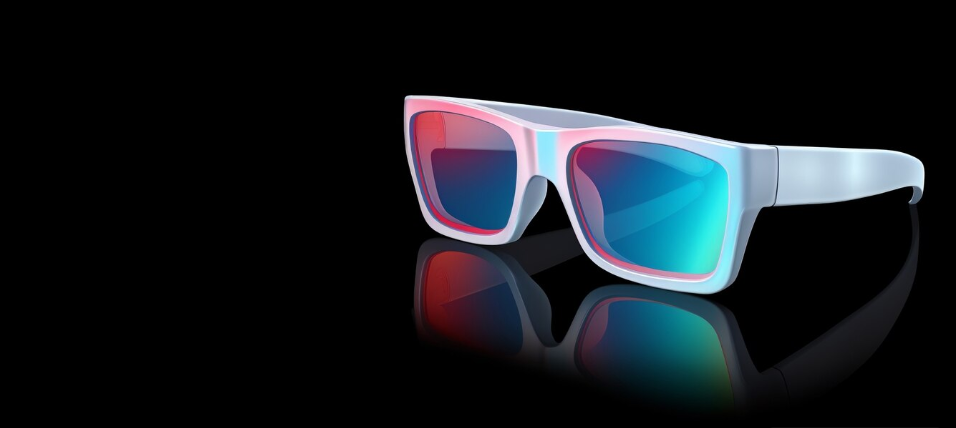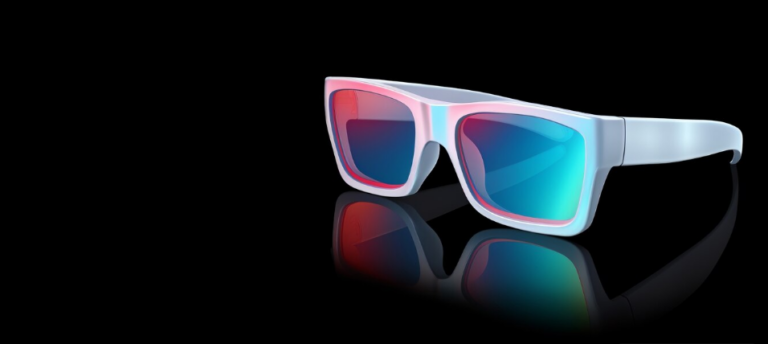The name RealD 3D, which is now ingrained in the history of film, came into being at a very important juncture for the motion picture business. RealD, which was founded in 2003, revolutionized 3D movie projection by launching digital stereoscopic technology that quickly outperformed its rivals. With its equipment installed in over 26,500 theaters in 72 countries over the last 20 years, it has vividly brought action scenes, animated epics, and larger-than-life adventures into the laps of audiences. RealD provided a format that let viewers tilt their heads naturally without experiencing distorted images, which was a minor but extremely helpful detail that greatly improved overall comfort in contrast to the early, frequently dizzying 3D experiments.
Older systems, such as IMAX Digital 3D’s linear approach, were unable to match the flexibility of viewing angles that RealD 3D provided by incorporating a circular polarization method. Similar to exchanging a tight, formal outfit for something surprisingly breathable, it felt liberating to watch a movie without the ongoing worry of keeping one’s head perfectly aligned. Chicken Little (2005), the first film to fully use this technology, opened the door for huge blockbusters like Avatar and Jurassic World to reach audiences around the world in previously unthinkable ways.
| Attribute | Details |
|---|---|
| Type | 3D Projection Technology |
| Manufacturer | RealD Inc. |
| Year Founded | 2003 |
| Website | http://www.reald.com |
| Key Innovations | Circular Polarized 3D Projection, ZScreen Technology |
| Installations | Over 26,500 Auditoriums Globally |
| Famous Films | Chicken Little (2005), Avatar (2009), Jurassic World (2015) |
| Patent Highlights | Liquid Crystal Modulator (ZScreen), Push-Pull Modulation |
| Competitors | IMAX Digital 3D, Dolby 3D, XpanD 3D |
| Source | RealD Official Website |
The ZScreen, an incredibly ingenious electro-optical device positioned directly in front of the projector lens, is the key to RealD’s success. By rapidly switching polarization at 144 frames per second, it minimizes ghosting and produces an incredibly powerful 3D illusion while maintaining the distinction between the left-eye and right-eye images. RealD significantly decreased flicker by employing the triple-flash technique, which projects each frame three times, resulting in a fluid viewing experience even during fast-paced action scenes or sweeping camera movements. In a theater full of agitated spectators, this triple redundancy subtly turned into one of RealD’s most imperceptible but significant victories.
Famous filmmakers like Robert Zemeckis, Peter Jackson, and James Cameron have enthusiastically embraced RealD’s format over the years because of its capacity to create intricately layered narratives. The fact that some of the highest-grossing movies ever made made extensive use of RealD’s capabilities is no coincidence. Similar to how a symphony combines various instruments to create a smooth, emotional experience, they enthralled audiences by fusing rich narratives with stunning visuals. For example, RealD 3D showings of Cameron’s Avatar helped the film reach previously unheard-of box office totals by giving Pandora an incredibly lifelike feel.

RealD 3D’s stronghold is further demonstrated by industry dynamics. RealD’s system was especially cost-effective for theaters, requiring only a few add-ons rather than a total redesign, in contrast to IMAX Digital 3D’s more costly upgrades. Theaters with shrinking profit margins over the last ten years have seen RealD’s business model as extremely effective, increasing 3D screenings without driving up prices. Smaller chains and independent operators had a much better chance of competing with industry titans thanks to this financial accessibility.
As RealD gained popularity, both technological and cultural changes occurred simultaneously. Using a similar passive polarized technique, LG’s Cinema 3D TVs became commonplace home luxuries in the early 2010s. These TVs provided a taste of the RealD experience at home by utilizing cutting-edge manufacturing techniques. Despite its eventual decline, 3D TV’s brief but successful reign served as a preview of the public’s enduring desire for more immersive media.
Additionally, celebrity endorsements were very important in raising RealD’s profile. The capabilities of the technology were publicly lauded by filmmakers like George Lucas and Steven Spielberg. Performers who starred in 3D-heavy productions, such as Zoe Saldana and Sam Worthington, frequently discussed in interviews how RealD’s clarity helped them see their performances interpreted with an emotional depth that was otherwise lost in flatter presentations.
In the meantime, RealD’s philosophy was reflected in the trend in society toward requiring more complex, multisensory entertainment experiences. Due to decades of 2D storytelling, audiences’ expectations quickly changed. The advent of RealD’s crystal-clear 3D contributed to the development of a wider cultural norm, impacting related fields such as virtual reality, gaming, and even fashion shows that experimented with holographic runways. RealD 3D significantly elevated the bar in the realm of experiential media, establishing a standard for what immersive engagement should feel like.
Cost dynamics continue to be a fascinating comparison point. RealD screenings have consistently provided a surprisingly inexpensive alternative to IMAX Digital 3D tickets, which are frequently more expensive due to the larger screens, more sophisticated sound systems, and brighter images. The decision between spending almost twice as much for a slightly better image and using RealD to enjoy a top-notch 3D experience has been simple for many families and casual moviegoers.
Looking ahead, RealD 3D seems to be in a good position to adjust. RealD wants to keep up with technological advancements by working with filmmakers who are investigating mixed reality and virtual production. RealD’s demonstrated ability to produce depth and realism will probably continue to be especially inventive and in-demand in the upcoming years as entertainment increasingly incorporates AI-driven content, volumetric filmmaking, and immersive theater setups.
Looking back on its development, the impact of RealD 3D seems remarkably similar to that of Dolby on movie soundscapes decades before. It changed the expectations of the audience and broadened the emotional vocabulary of storytelling in a subtle yet impactful way. RealD’s legacy is constantly changing along with the trends in film, rooted not only in the company’s past achievements but also in its remarkably unwavering dedication to innovation in the future.

5 Comments
It offers a new experience when watching movies.
slope
It offers a new experience when watching movies.
io games
It offers a new experience when watching movies.
Septum Perforasyonu, burun kıkırdağında delik oluşmasıyla ortaya çıkan ve nefes almayı zorlaştıran bir durumdur.
Thanks!
Great post! I’ve always found it tricky deciding between a coffee maker and a coffee machine. The features you’ve highlighted really helped clarify the differences! For anyone who’s looking for a bit of fun while sipping their coffee, I recently stumbled upon this fun game—love tester unblocked. It’s a fun little way to kill time while enjoying your favorite brew! Keep up the great work!